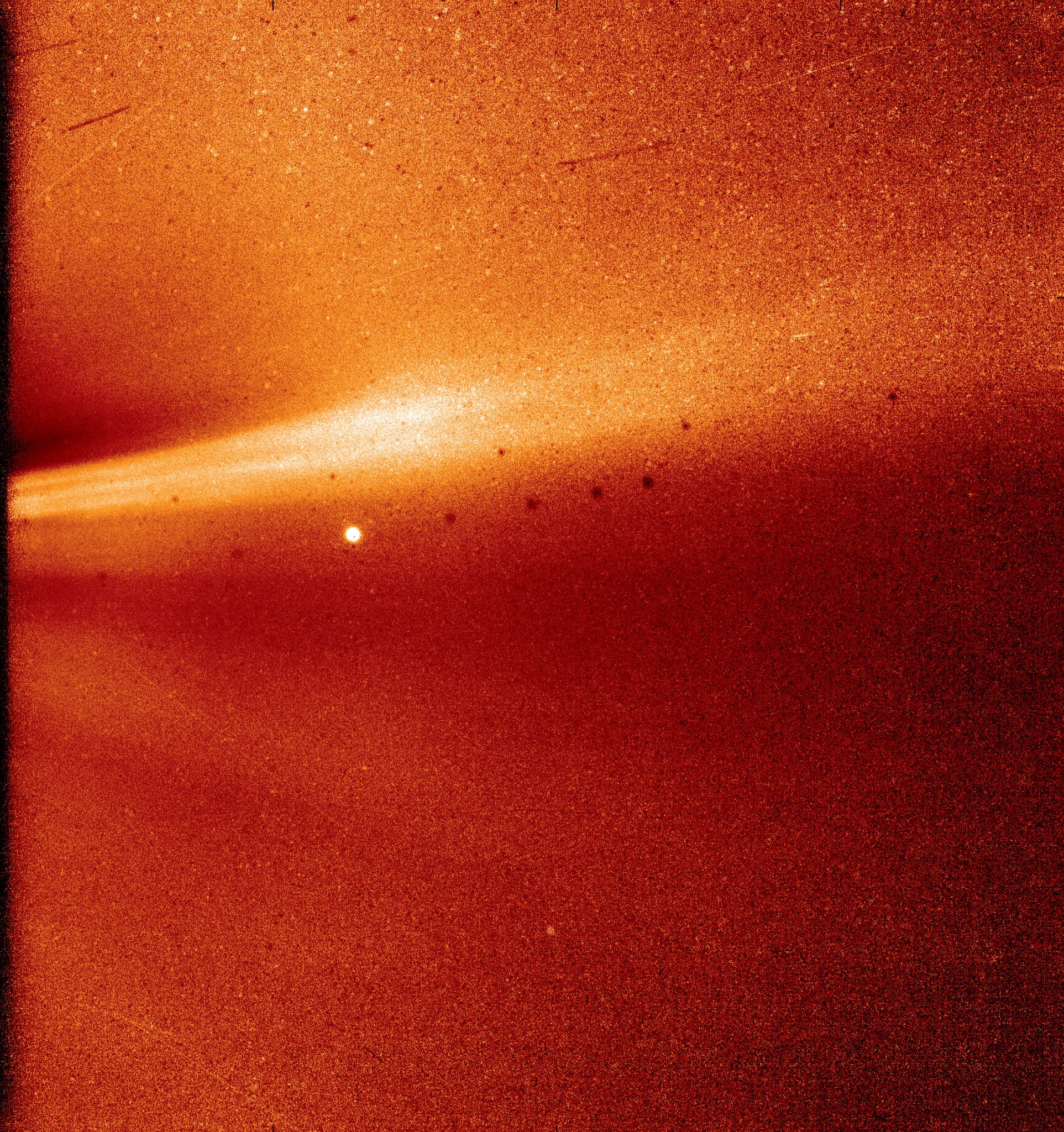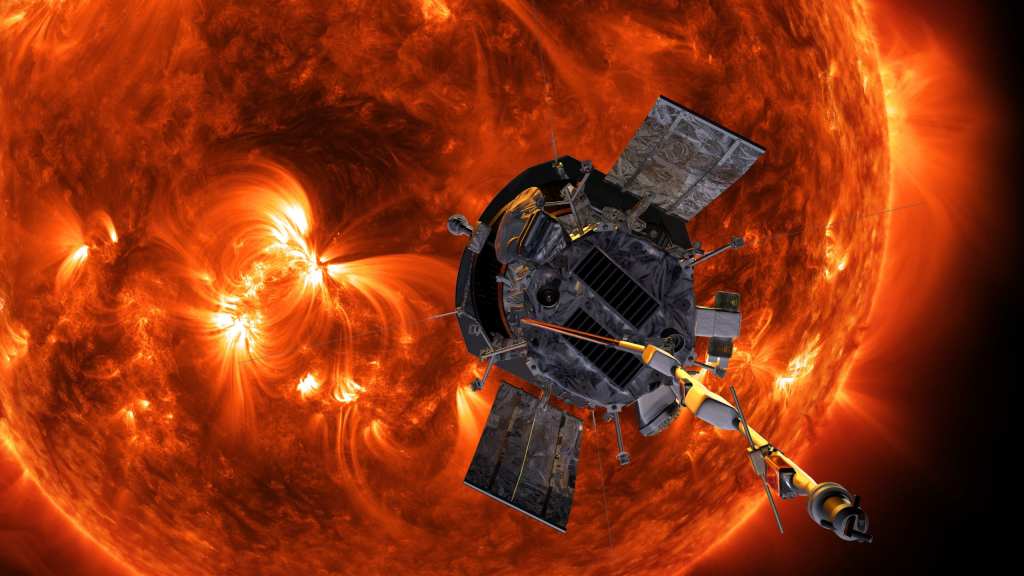Launched in 2018, NASA’s Parker Solar Probe has reached the fastest speeds ever achieved by a man-made vehicle.
And that’s just the beginning of the all the amazing things it’s been doing as it zooms toward our sun.
Details of the probe’s solar close-ups were recently published in the journal Nature. The observations were made as it came within approximately 15 million miles of the sun’s surface, which is half the distance of Mercury’s orbit.
Nicola Fox, director of the heliophysics division at NASA, said at a news conference, “All of this brand-new information about how the way our star works is going to help us understand how the sun drives change in the space environment throughout our solar system.”

Photo Credit: NASA
Scientists are looking to develop the ability to warn about impending solar storms, which have the potential to damage satellites and electrical grids and harm astronauts in orbit. The information coming from the probe may hold the key to these predictions.
Another area of study is how, exactly, energy is directed away from the sun. The surface temperature on the sun is 100,000 degrees, but in its thin atmosphere, called the corona, the ambient temperature is millions of degrees.
The corona drives the million miles per hour ‘winds’ that blow particles away. Scientists expected that vibrations were playing a part in the corona’s heat – and the probe did detect strong vibrations, but it also found big, irregular waves carrying energy outward. The currents of these waves were so strong that they actually flipped magnetic fields, twisting them into big S-curves.
The probe also gave some new information into how solar winds originate at all. The data it has sent back so far shows that the winds came from coronal holes where the relatively colder hydrogen and helium are not as dense. Winds less than a million miles per hour came from holes closest the equator, while faster winds come from holes closer to the poles.

Photo Credit: NASA
In the next few years, repeated encounters with Venus will send the probe on a path that will take it within 4 million miles of the sun, where, hopefully, there will be more data, more surprises and more greatly needed answers.






